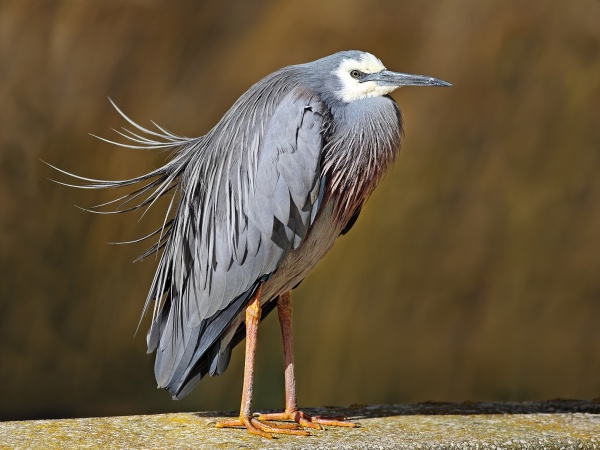Facts About White-faced heron
The white-faced heron, also known as the white-fronted heron, is a familiar sight throughout Australasia, including regions such as New Guinea, Indonesia, New Zealand, and the majority of Australia. This medium-sized bird is easily recognizable by its pale blue-grey plumage, striking yellow legs, and distinctive white facial markings.
First described in 1790, the white-faced heron has undergone a complex taxonomic journey but is now classified as closely related to the genus Egretta. Adult herons typically weigh about 550 grams and stand between 60 to 70 centimeters tall. They possess unique white markings on their forehead, crown, chin, and upper throat. Younger birds have a paler grey coloration with reddish underparts, while chicks are covered in grey down.
These herons are highly adaptable and can be found in various habitats such as wetlands, farm dams, salt marshes, mudflats, and even suburban fish ponds. They are nomadic and thrive in both freshwater and saltwater environments. In Australia, they are protected under the National Parks and Wildlife Act.
Known for their slow, bouncing flight, white-faced herons often perch on various structures. They communicate and attract mates with distinctive calls. Breeding typically occurs in southern Australia, where both parents take turns caring for the nest. A typical clutch consists of three to five eggs, with an incubation period of around 25 days.
Their diet is quite diverse, encompassing fish, frogs, reptiles, and insects. They employ various hunting techniques such as standing still, wading through shallow water, or pursuing their prey. While generally territorial during the breeding season, white-faced herons may forage in groups at other times, especially after rain or flooding.
